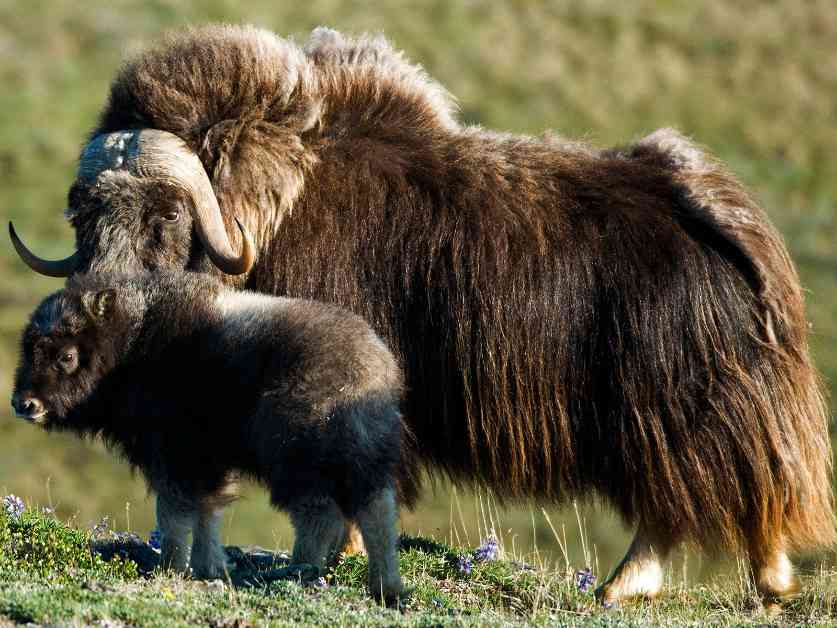Nikita Zimov, an ecologist, embarked on a journey to Wrangel Island with his father and friends to work on a scientific project. Wrangel Island, located off the coast of Russia, is a federal nature reserve with diverse wildlife, including polar bears and musk oxen. The Zimovs had a mission to relocate musk oxen to Chersky for a groundbreaking scientific experiment that aimed to transform the Arctic landscape and stabilize Earth’s climate.
The Zimovs’ project was inspired by Sergey Zimov’s theory about the Pleistocene era and the mammoth steppe ecosystem. Sergey believed that human activity, rather than climate change, led to the extinction of giant mammals during the Pleistocene. He theorized that the symbiotic relationship between large herbivores and grasses played a crucial role in maintaining the mammoth steppe ecosystem, which in turn influenced the planet’s climate.
To test his theory, Sergey proposed the idea of recreating the mammoth steppe by reintroducing herbivores to the Arctic. Despite facing challenges and setbacks, Sergey’s vision led to the establishment of Pleistocene Park, a project aimed at restoring the ancient ecosystem and mitigating the effects of global warming caused by permafrost thaw.
During a challenging expedition to Wrangel Island, the Zimovs faced adversity when a polar bear attacked and killed one of the baby musk oxen they intended to relocate. After a grueling search, they managed to recapture the escaped musk oxen, marking a significant milestone in their mission. The article highlights the dedication and perseverance of the Zimovs in their quest to revive a lost ecosystem and make a positive impact on Earth’s climate.
The Zimovs’ story is a testament to the power of scientific inquiry and environmental conservation. By studying the past and applying innovative solutions to current environmental challenges, researchers like the Zimovs are paving the way for a sustainable future. Their work in Pleistocene Park serves as a beacon of hope for restoring ecosystems, preserving biodiversity, and combating climate change in the Arctic region and beyond.






